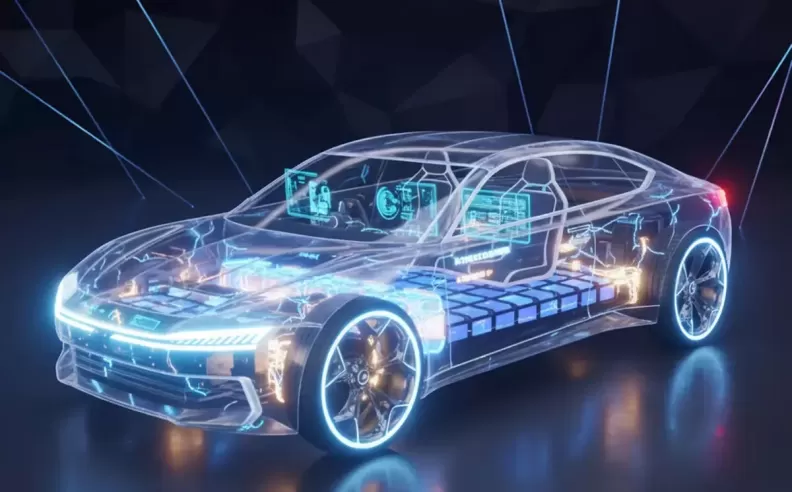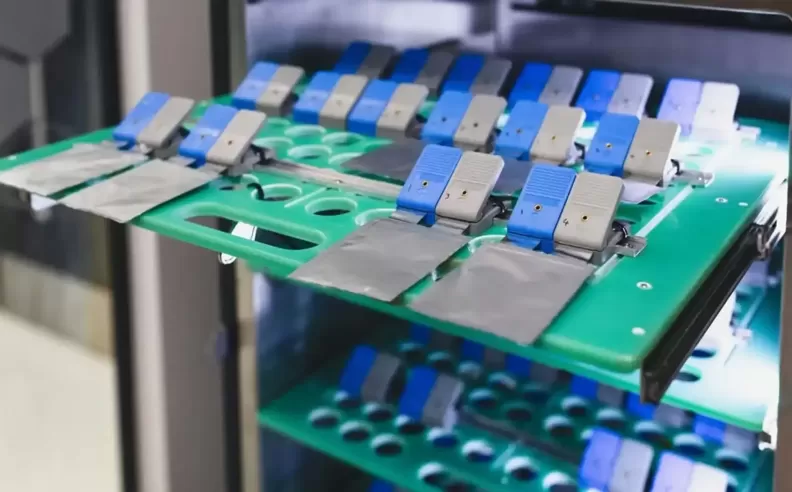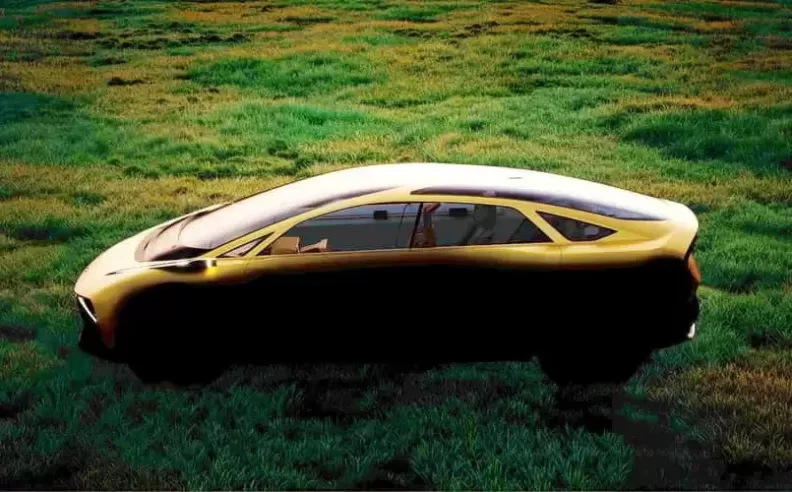
As the world looks for greener ways to get around, hybrids are getting a major tech upgrade. Allotrope Energy, a British company, has created a supercapacitor that promises to make hybrid cars lighter, faster, and more eco friendly. By using a new material called Lignavolt, these tiny devices could be the game changer the auto industry has been waiting for.

Unlike traditional batteries that store chemical energy, supercapacitors store electricity directly. This allows them to charge and discharge in a fraction of a second, making them perfect for instantly capturing braking energy or delivering powerful bursts when accelerating. Allotrope’s latest supercapacitor can hold twice as much energy as previous versions. That means a hybrid car gets more power without the need for a massive, heavy battery.
While a lithium battery might weigh 80 kilograms and cost over 2000 dollars, this supercapacitor weighs only about 4 kilograms and costs less than 100 dollars. It fits into a box the size of a shoebox, yet can handle hundreds of thousands of charging cycles without losing performance. This makes it ideal for hybrids that need quick energy boosts without the hassle of battery wear and tear.

The secret is in the Lignavolt material, a type of porous nano carbon made from lignin, which is a byproduct of the paper industry. No expensive rare earth elements are needed, so both cost and environmental impact go way down.
Lignavolt powered supercapacitors recharge using energy from braking in as little as six seconds, a speed traditional batteries cannot match. Plus, they are not affected by heat or cold, so they work just as well in extreme climates and never need complicated heating or cooling systems. Their rapid discharge rate makes them less suitable for fully electric cars, but perfect for hybrids that need fast, powerful surges of energy during acceleration or hill climbs.
Allotrope claims that just one 4 kilogram supercapacitor can double the power output of a typical family SUV hybrid, giving drivers stronger acceleration and a more responsive drive without burning more fuel. With renewable materials and solid reliability, this technology could set a new standard for sustainable mobility.

Started my career in Automotive Journalism in 2015. Even though I'm a pharmacist, hanging around cars all the time has created a passion for the automotive industry since day 1.

